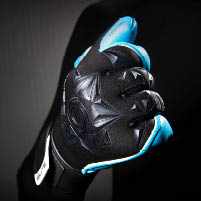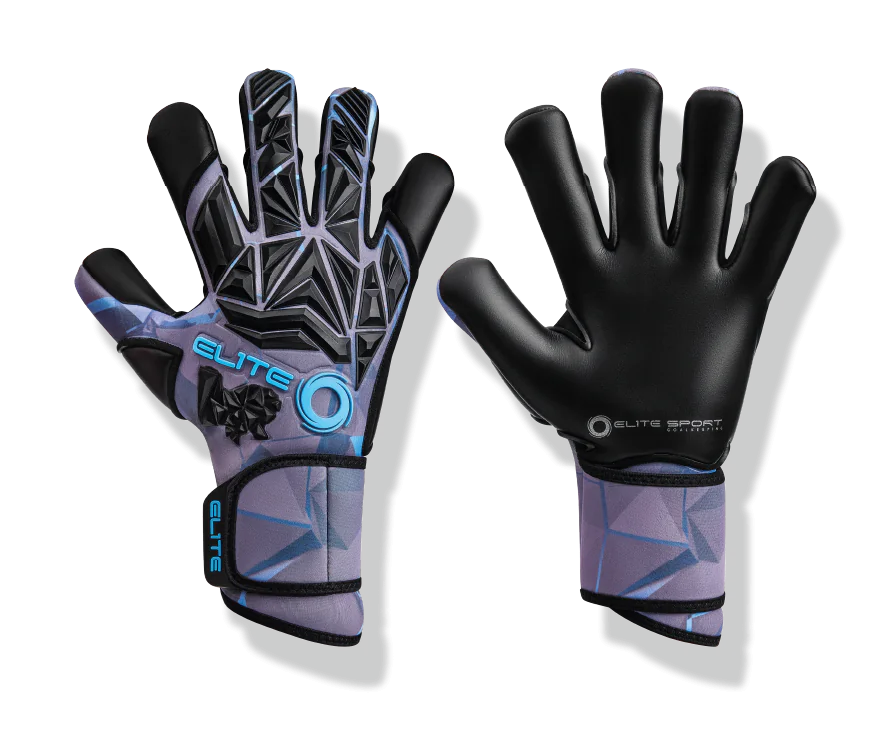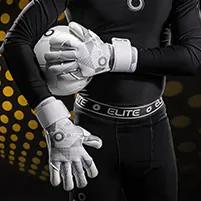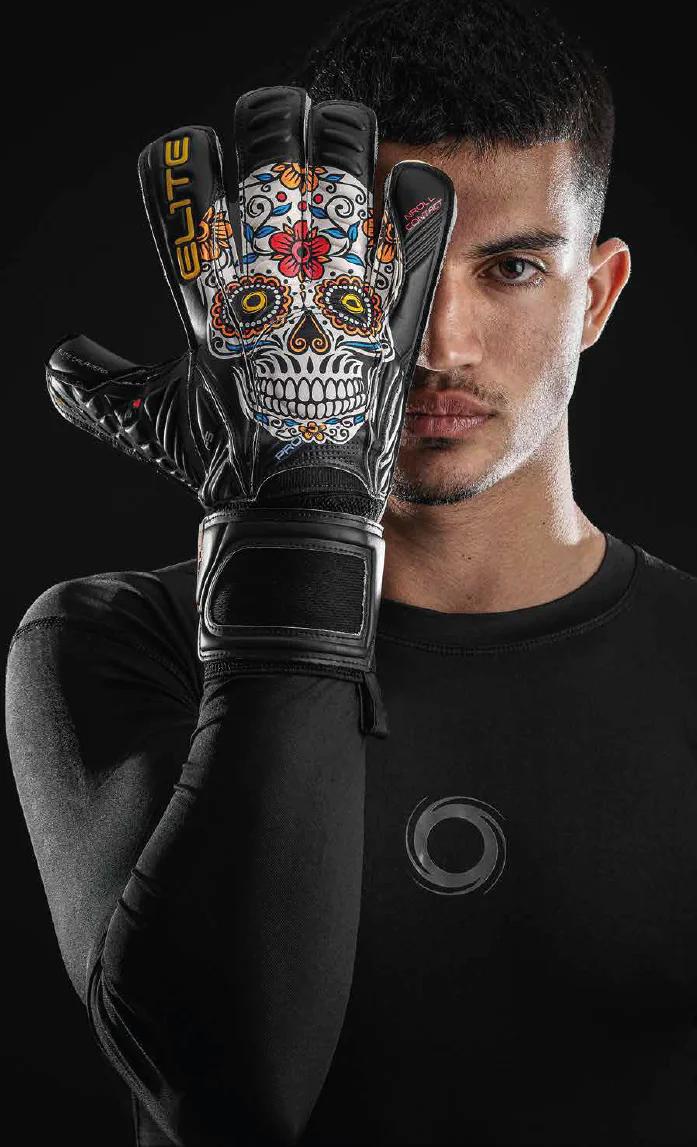
When you step onto the field, every piece of equipment plays a role in how well you perform. And while most players focus heavily on their cleats or pads, one piece of gear that's just as crucial—especially for receivers and linemen—is the football gloves. Whether you're catching passes in the end zone or battling in the trenches, the right pair of gloves can dramatically elevate your game.
They aren’t just accessories—they’re a game-day essential for grip, control, and injury prevention. Let’s explore how the right gloves help athletes perform better, stay protected, and gain the confidence to dominate on the field.
The Role of Football Gloves on the Field
Football is a high-impact sport where every movement matters. From snagging a slippery ball during a rainy game to pushing off a defender at the line of scrimmage, your hands are constantly engaged. That’s where football gloves come in—they enhance your natural ability and protect your hands during tough plays.
There’s a reason why nearly every skill player and lineman wears gloves now. The added grip helps receivers catch tough throws, while extra padding protects linemen from hand injuries during physical contact.
Grip and Control in Any Weather
One of the standout benefits of football gloves is the improved grip they offer. Modern gloves are made with specialized tacky materials that help players hold onto the ball in any condition—rain, snow, or heat.
Receivers benefit from sticky palms that make catching more reliable.
Running backs use grip to maintain possession during tackles.
Quarterbacks, though less likely to wear gloves, sometimes use them for added grip in poor weather.
When your gloves are doing their job, you can focus more on your performance and less on the conditions around you.
Protection for Every Position
Beyond grip, football gloves offer much-needed protection—especially for players engaged in constant contact.
Linemen gloves often feature thicker padding across the knuckles and fingers.
Linebackers and tight ends prefer flexible gloves with moderate protection.
Defensive backs go for lightweight models to support quick movement and interceptions.
Each glove type serves a specific need, helping players protect their hands from impacts, turf burns, and abrasions without sacrificing mobility.
Fit and Comfort Matter More Than You Think
Finding gloves that fit perfectly is just as important as any feature they offer. Ill-fitting gloves can cause discomfort, restrict movement, or worse, affect your game.
Snug fit ensures the gloves move with your hands naturally.
Stretchy fabrics like spandex or neoprene add flexibility.
Ventilated designs help keep your hands cool and dry.
When choosing football gloves, comfort is key. The better they feel, the better you’ll play—simple as that.
Football Glove Types Based on Position
Different positions require different features in gloves. Knowing what works best for your role is crucial for peak performance.
1. Receiver Gloves
Made with thin materials and sticky palms for maximum ball control. Ideal for wide receivers, running backs, and cornerbacks.
2. Lineman Gloves
Built tough with extra padding to shield against direct impacts. These gloves prioritize protection over flexibility.
3. Hybrid or Utility Gloves
Designed for versatility, these gloves are great for linebackers, tight ends, or anyone needing both grip and protection.
Each glove type enhances the specific demands of the role, making them more than just gear—they become an extension of your playing style.
Durability and Maintenance
Like any piece of equipment, football gloves need to be maintained properly to perform at their best.
Wash gloves by hand with mild soap and cold water after games.
Air dry away from heat to preserve the grip.
Store flat or in a breathable bag to prevent the material from breaking down.
Over time, even the best gloves wear out. But with proper care, you can extend their lifespan and keep them game-ready week after week.
Weather and Game Conditions
Weather can have a major impact on your gloves’ performance. Some models are designed for wet conditions, while others are built for dry, hot environments.
In rain: Use gloves made with water-resistant materials or with specialized grip tech.
In heat: Go for gloves with mesh ventilation and moisture-wicking lining.
In cold: Thicker gloves or gloves with thermal lining can help maintain dexterity.
Adapting your gloves to the conditions helps you stay consistent no matter the forecast.
How to Know When It's Time for a New Pair
Even the best football gloves won’t last forever. Watch for these signs that it’s time to make a change:
The grip feels worn down or slick.
The stitching is coming loose.
Padding feels flat or uneven.
They don’t fit like they used to.
Regular checks ensure you’re always ready to perform without any surprises on game day.
Youth vs Adult Football Gloves
Football players of all ages wear gloves, but sizing and performance needs differ between youth and adult athletes.
Youth gloves are made with more flexibility and lighter padding.
Adult gloves focus more on durability, fit, and advanced grip.
Proper sizing** for growing players ensures long-term comfort and skill development.
Coaches often recommend starting younger players with gloves early to build good habits and boost their confidence during games.
Final Thoughts on Football Gloves
In a game where milliseconds and inches make all the difference, having the right pair of football gloves can give you the edge. They improve grip, protect your hands, and make you more comfortable and confident—qualities that show in your performance.
No matter your position or level of play, gloves should feel like a natural part of your game. So take your time, find the fit that works for you, and step onto the field with gear that helps you play your best.











Write a comment ...